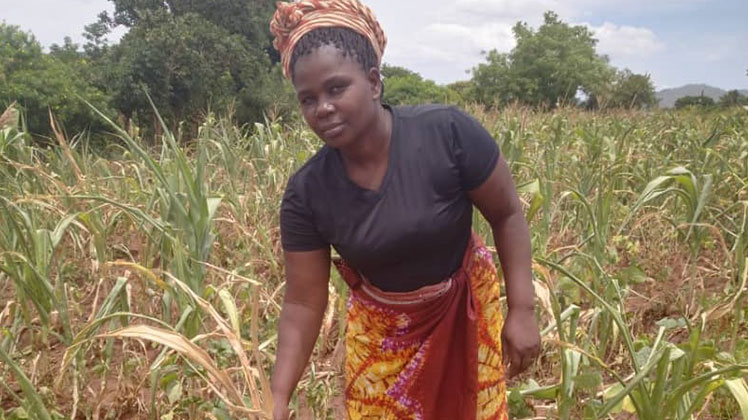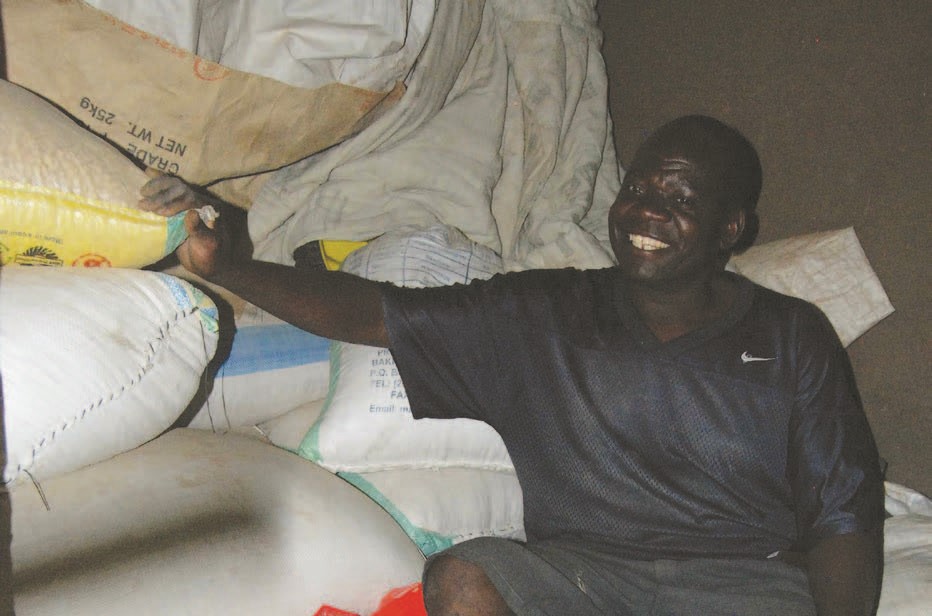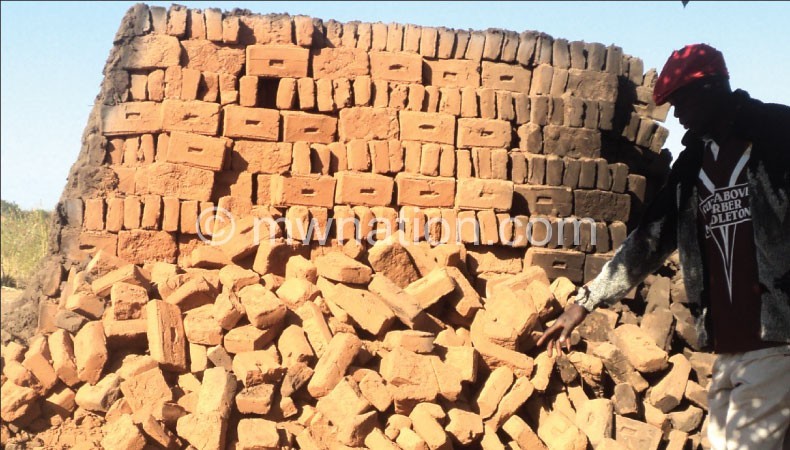Dzalanyama: A forest reserve on death bed
At the current rate of charcoal and firewood production. Dzalanyama Forest Reserve runs the risk of losing all its trees in the next 10 years, a recent study reveals. EPHRAIM NYONDO recently travelled to the forest reserve and tells the story.
The story of the human-induced destruction of Dzalanyama Forest Reserve continues to attract marginal concern from Malawians.
 In fact, the story was the same with Atupele Muluzi. As a son of a former president, it barely occurred to him to fully appreciate the scale and impact of Dzalanyama Forest’s destruction.
In fact, the story was the same with Atupele Muluzi. As a son of a former president, it barely occurred to him to fully appreciate the scale and impact of Dzalanyama Forest’s destruction.
Even as a lawmaker, a leader of a popular political party and former Minister of Economic Planning and Development, Muluzi—despite carrying such a weight of influence—still lived, like most Malawians, not worried about the plight of Dzalanyama.
But two weeks ago, as Minister of Natural Resources, Energy and Mining, Muluzi made a two-day tour of Dzalanyama Forest and, there, he met his moment of truth.
“This can’t be true, seriously; it can’t,” he opened his mouth, and then, shook his head vigorously—wordless.
He made the outcry not necessarily at the sight of the vast and systematic clearing of the trees in the forest. Rather, the sense of lawlessness at the heart of those clearing the forest.
As he was being briefed at a charcoal-making mound, the sound of people cutting down the trees could be heard in the near distance. In fact, faint figures carrying axes could be seen criss-crossing the forest.
“Are they not afraid [of forestry officials],” I asked a senior official from the Forestry Department.
“No, they are not,” he responded; “In fact, it is us—government officials—who feel unsafe. They, sometimes attack us. It is a big problem we have here.”
The minister—who was accompanied by the Japanese Ambassador to Malawi, Shuikiro Nishioka, and some senior government officials—could not even waste time to question the scale of lawlessness in the dying jungle of Dzalanyama, the country’s oldest forest reserve located 60 kilometres from Lilongwe City and covering an area of 989 square kilometers in parts of Lilongwe, Mchinji and Dedza districts.
As his convoy cruised around the reserve, it relentlessly met with unending convoy of cyclists loaded with mountains of charcoal bags and piles of firewood. The spectre of Dzalanyama is one of a lawless reserve in the hands of the communities, not government.
“It is like this every day,” says Ernest Lusayo, a security guard at Kanjiga Gate in Dedza.
When you are at Chiunjiza Gate in Lilongwe, the immensity of systematic destruction becomes apparent. Tree harvesting follows an organised order as no tree is left behind as the cutters journey into the heart of the reserve. Vast lands of pruned and lifeless branches lie bare—almost a wasteland, a valley of dying shadows.
Kosaku Onaka, a Jica policy adviser for forest conservation, estimates that 360 mega tonnes of biomass is drained annually from the reserve through illegal charcoal and firewood production.
“Over 50 percent of the total biomass loss in the reserve is due to the consumption of charcoal in the capital city,” he says. In fact, 75 percent of the total charcoal consumed in the city of Lilongwe is produced in Dzalanyama.
Onaka calculates that the amount of annual biomass losses (360 mega tonnes) is equivalent to almost the 10 percent of the total stock of biomass in the reserve. Against this background, Onaka says the forest, at the current rate of charcoal and firewood production, will lose all its trees in the next 10 years.
“The situation is not normal at the forest. You have people cutting down eight trees just to produce two bags of charcoal. Yet loads and loads of charcoal continue to leave the forest every day. This is not normal for a conservation site like Dzalanyama,” said Onaka.
The feared exhaustion of Dzalanyama, the country’s biggest forestry reserve gazetted in 1922, would be a tragedy because it is a catchment area for Lilongwe and Diamphwe rivers. Lilongwe River currently supplies water to the capital city through Kamuzu Dam 1 and 2.
Not only that.
A potential site for a multi-purpose dam, according to Muluzi, has also been identified along Diamphwe River.
“The proposed dam will not only supply water to Lilongwe but also used for irrigation and fish farming,” he says.
Again, research shows that the area surrounding Dzalanyama is also one of the most important for agricultural production in the country. For instance, data from the National Statistics Office (NSO) shows that the annual maize yield in the three districts of Lilongwe, Mchinji and Dedza accounts for approximately 30 percent of the national total yield.
All these details point to one fact: Dzalanyama needs to be saved. But what needs to be done to save the reserve, both in short and long terms? n





